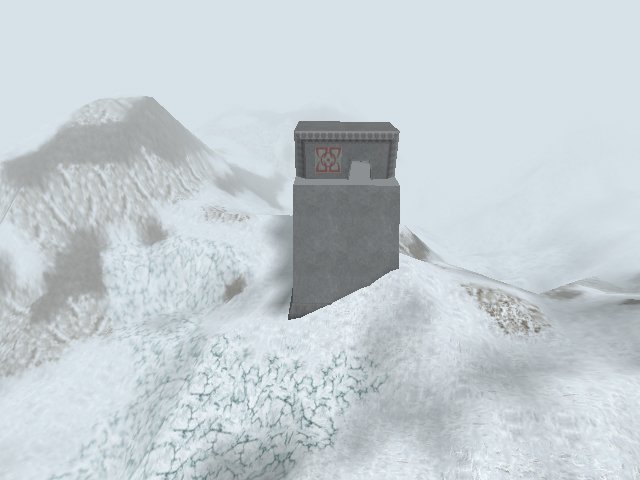You are using an out of date browser. It may not display this or other websites correctly.
You should upgrade or use an alternative browser.
You should upgrade or use an alternative browser.
WikiLeaks Vault#7 thread
- Thread starter Odio
- Start date
More options
Who Replied?Austforbeer
Veteran XX
Isn't that where they store all the seeds in case of a cataclysm?
they are probably hyping up the 7th dump of hildawg documents after the FBI quietly snuck out the 6th dump at midnight on friday
WikiLeaks Verified account
@wikileaks
Full text: FBI quietly releases part 6 of its Hillary Clinton investigation #FBIFriday PDF: https://vault.fbi.gov/hillary-r.-clinton/hillary-r.-clinton-part-06-of-06/at_download/file …
2:08 AM - 4 Feb 2017
my first interpretation was a horde of durkas praying in a cave
they are probably hyping up the 7th dump of hildawg documents after the FBI quietly snuck out the 6th dump at midnight on friday
The FBI made no mention of a 7th dump
Wikileaks Tweet: Where is vault 7? , page 1
NightTrain
Veteran XX
spockhammer
AlwaysCrying
i survived eon 8
bowl of blood
Contributor
get a job already
cael
Veteran XX
This is my kind of thread... potentially
i agree
Looks like an air conditioner to me
spockhammer
AlwaysCrying
foram video game psh psh pow pow pew pew gay gay
NTBM Nuclear Tunnel Boring Machines
[.....]
The United States Atomic Energy Commission and the United States Energy Research and Development Administration took out Patents in the 1970s for nuclear subterrenes. The first patent, in 1972 went to the U.S. Atomic Energy Commission.
The nuclear subterrene has an advantage over mechanical TBMs in that it produces no muck that must be disposed of by conveyors, trains, trucks, etc. This greatly simplifies tunneling. If nuclear subterrenes actually exist (and I do not know if they do) their presence, and the tunnels they make, could be very hard to detect, for the simple reason that there would not be the tell-tale muck piles or tailings dumps that are associated with the conventional tunneling activities.
The 1972 patent makes this clear. It states:
“… (D)ebris may be disposed of as melted rock both as a lining for the hole and as a dispersal in cracks produced in the surrounding rock. The rock-melting drill is of a shape and is propelled under sufficient pressure to produce and extend cracks in solid rock radially around the bore by means of hydrostatic pressure developed in the molten rock ahead of the advancing rock drill penetrator. All melt not used in glass-lining the bore is forced into the cracks where it freezes and remains …
“… Such a (vitreous) lining eliminates, in most cases, the expensive and cumbersome problem of debris elimination and at the same time achieves the advantage of a casing type of bore hole liner.”
(U.S. Patent No. 3,693,731 dated Sept. 26, 1972)
There you have it: a tunneling machine that creates no muck, and leaves a smooth, vitreous (glassy) tunnel lining behind.
Another patent three years later was for:
A tunneling machine for producing large tunnels in soft rock or wet, clayey, unconsolidated or bouldery earth by simultaneously detaching the tunnel core by thermal melting a boundary kerf into the tunnel face and forming a supporting excavation wall liner by deflecting the molten materials against the excavation walls to provide, when solidified, a continuous wall supporting liner, and detaching the tunnel face circumscribed by the kerf with powered mechanical earth detachment means and in which the heat required for melting the kerf and liner material is provided by a compact nuclear reactor.
This 1975 patent further specifies that the machine is intended to excavate tunnels up to 12 meters in diameter or more. This means tunnels of 40 ft. or more in diameter. The kerf is the outside boundary of the tunnel wall that a boring machine gouges out as it bores through the ground or rock. So, in ordinary English, this machine will melt a circular boundary into the tunnel face. The melted rock will be forced to the outside of the tunnel by the tunnel machine, where it will form a hard, glassy tunnel lining (see the appropriate detail in the patent itself, as shown in Illustration 41). At the same time, mechanical tunnel boring equipment will grind up the rock and soil detached by the melted kerf and pass it to the rear of the machine for disposal by conveyor, slurry pipeline, etc.


[.....]





